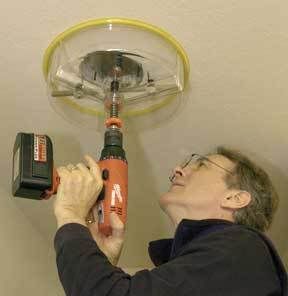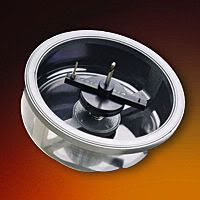frank_n
Senior Member
- Location
- Central NJ
I was just wondering how everyone runs wires for old work recessed lights. I tried using a flex bit, but it was hard to get the bit to go where I wanted it. I also didn?t like drilling ?blind.?
Now I am using a Roto-Zip and making a notch in each beam. I cover the romex with a nail plate and I?m done. The Roto-Zip makes a lot of dust and a lot of holes. When I?m done, I recommend a drywall guy who does excellent work.
Does anyone have a better way, or any tricks?
Frank
Now I am using a Roto-Zip and making a notch in each beam. I cover the romex with a nail plate and I?m done. The Roto-Zip makes a lot of dust and a lot of holes. When I?m done, I recommend a drywall guy who does excellent work.
Does anyone have a better way, or any tricks?
Frank








